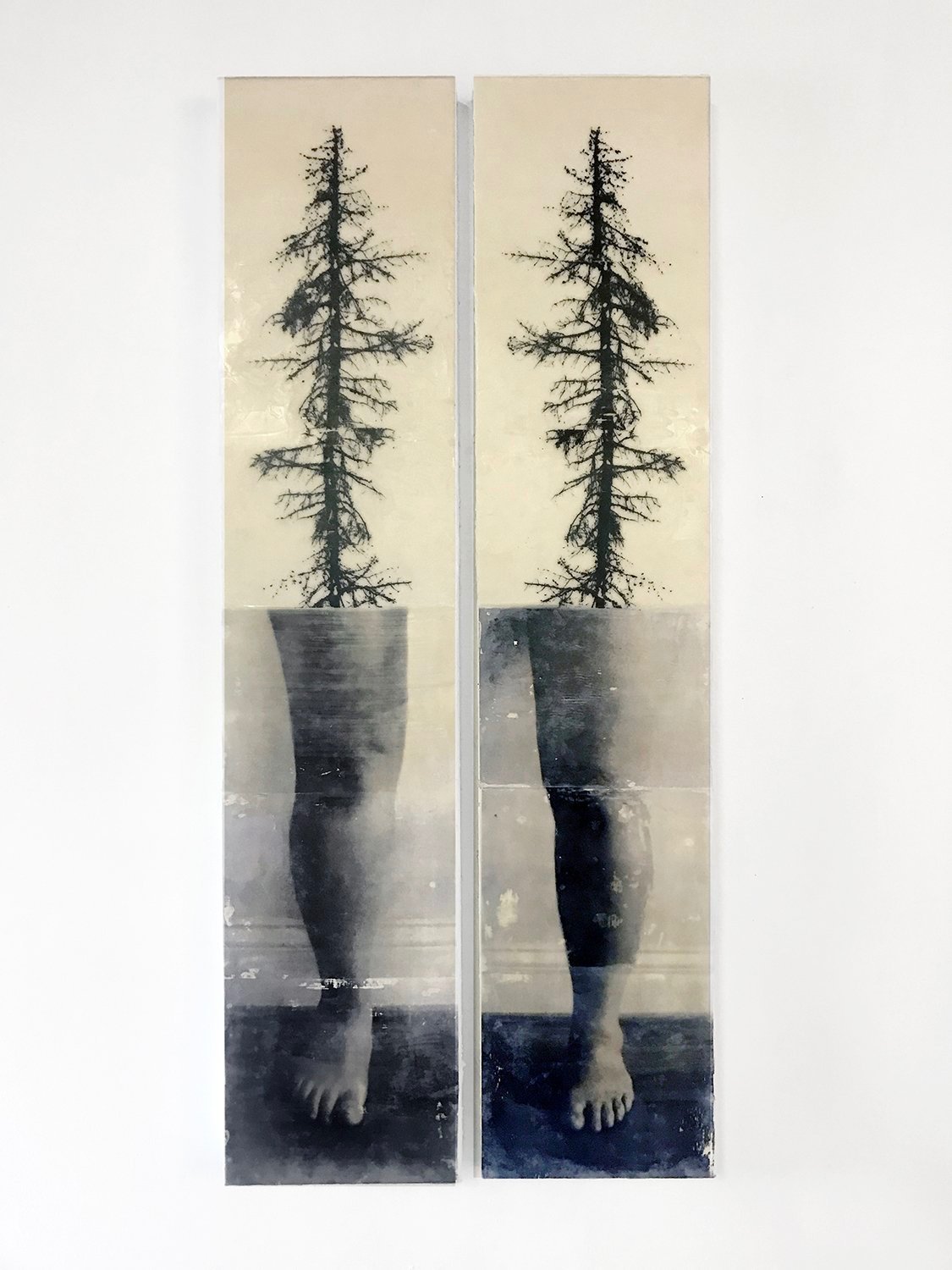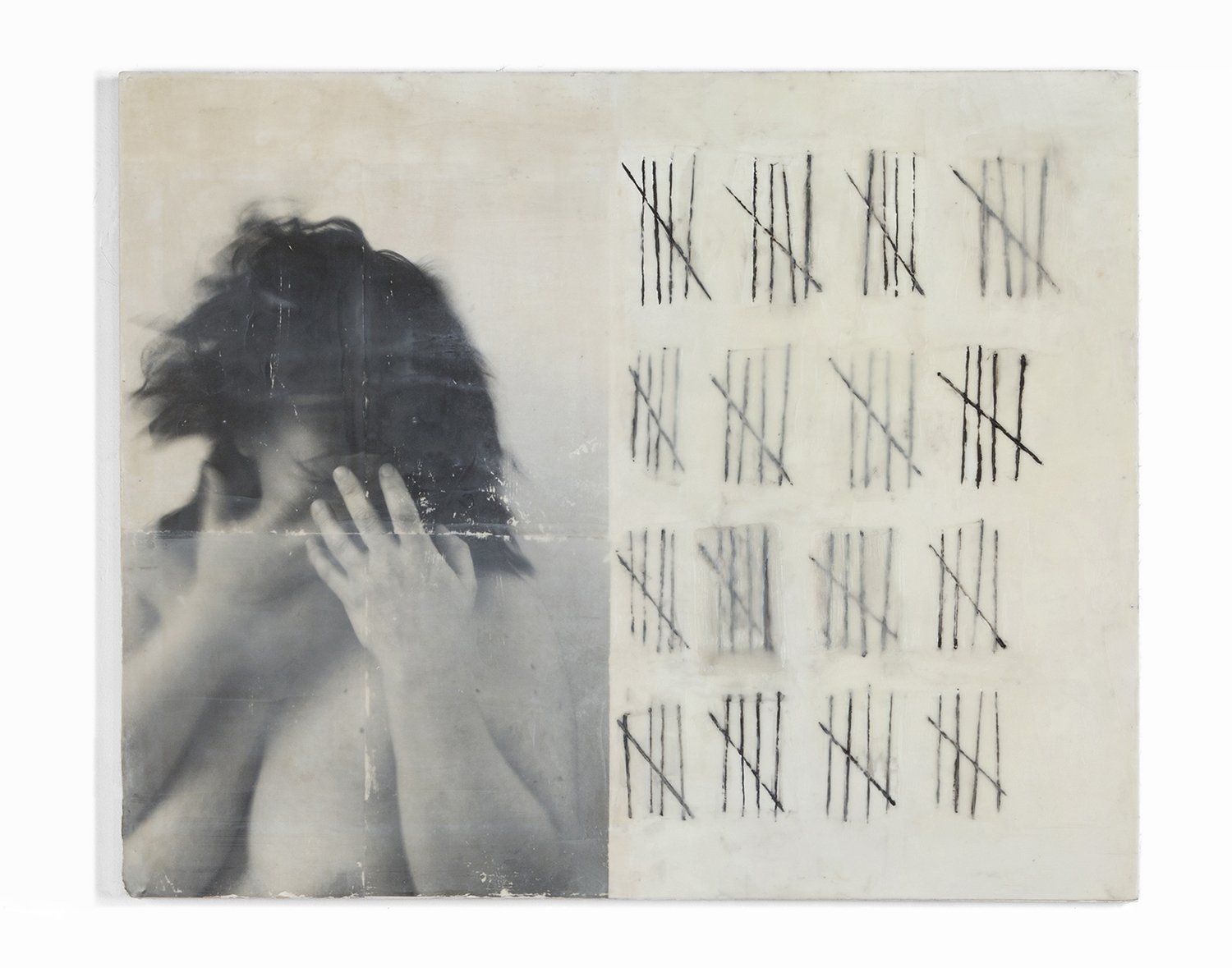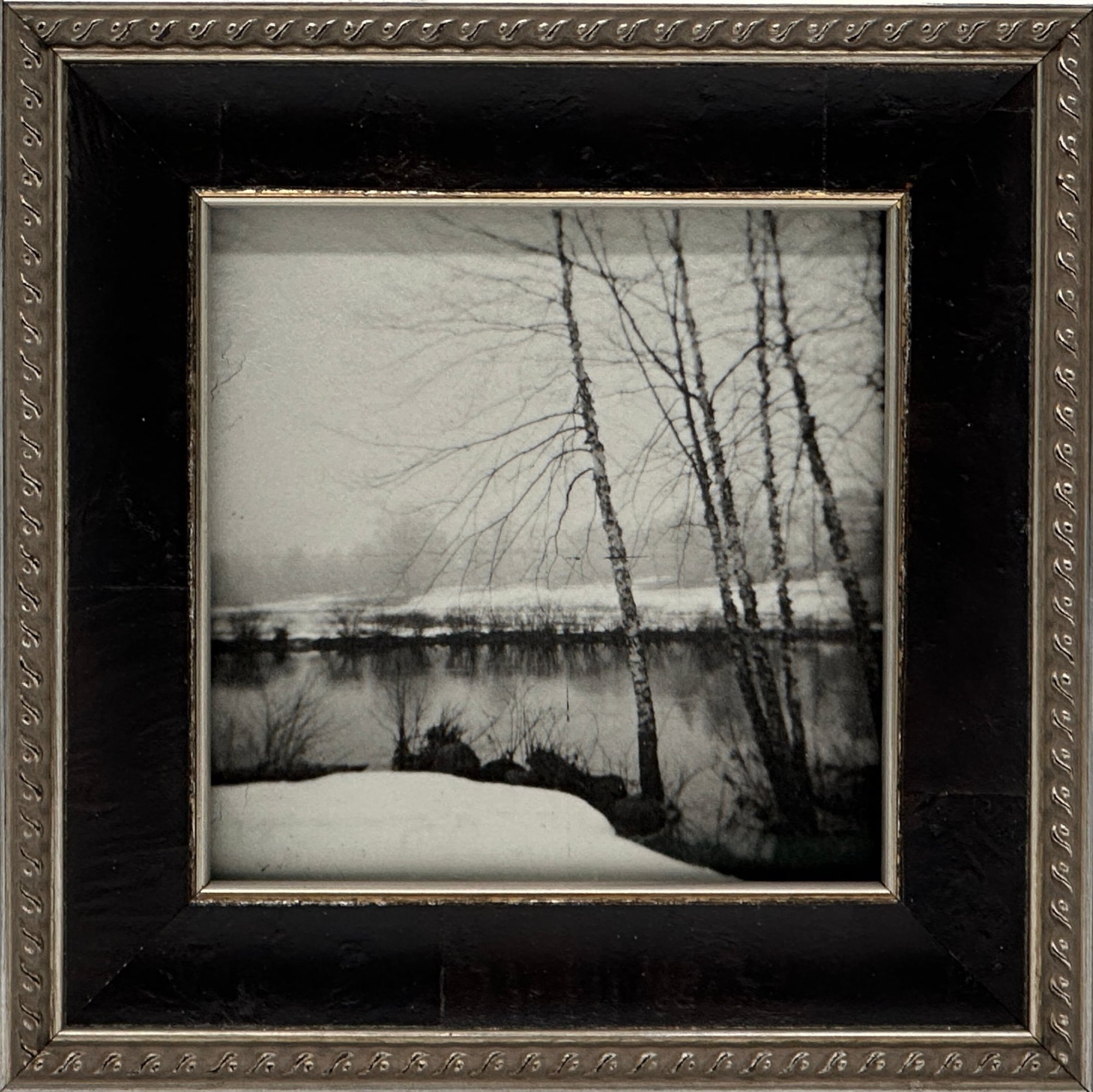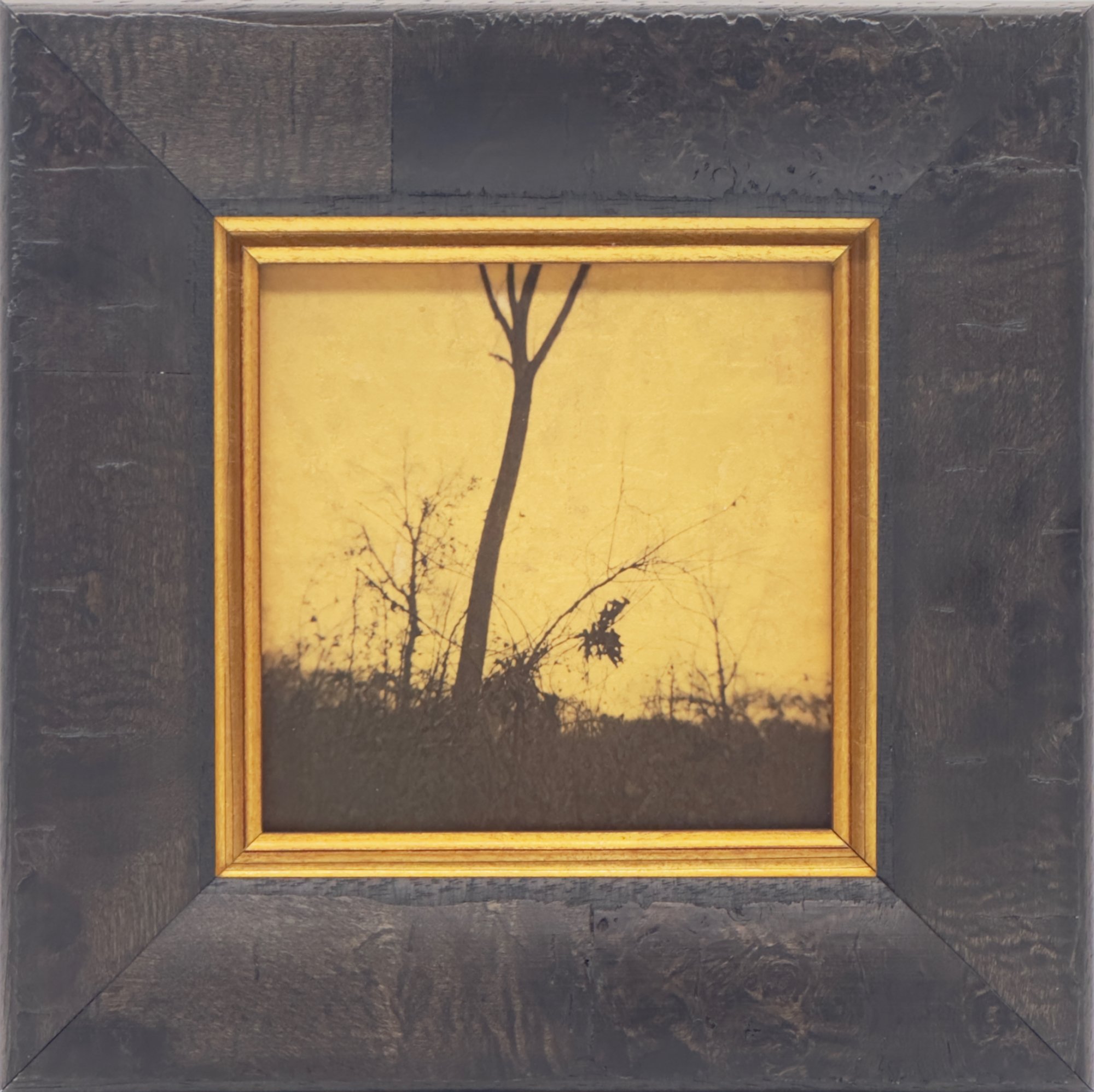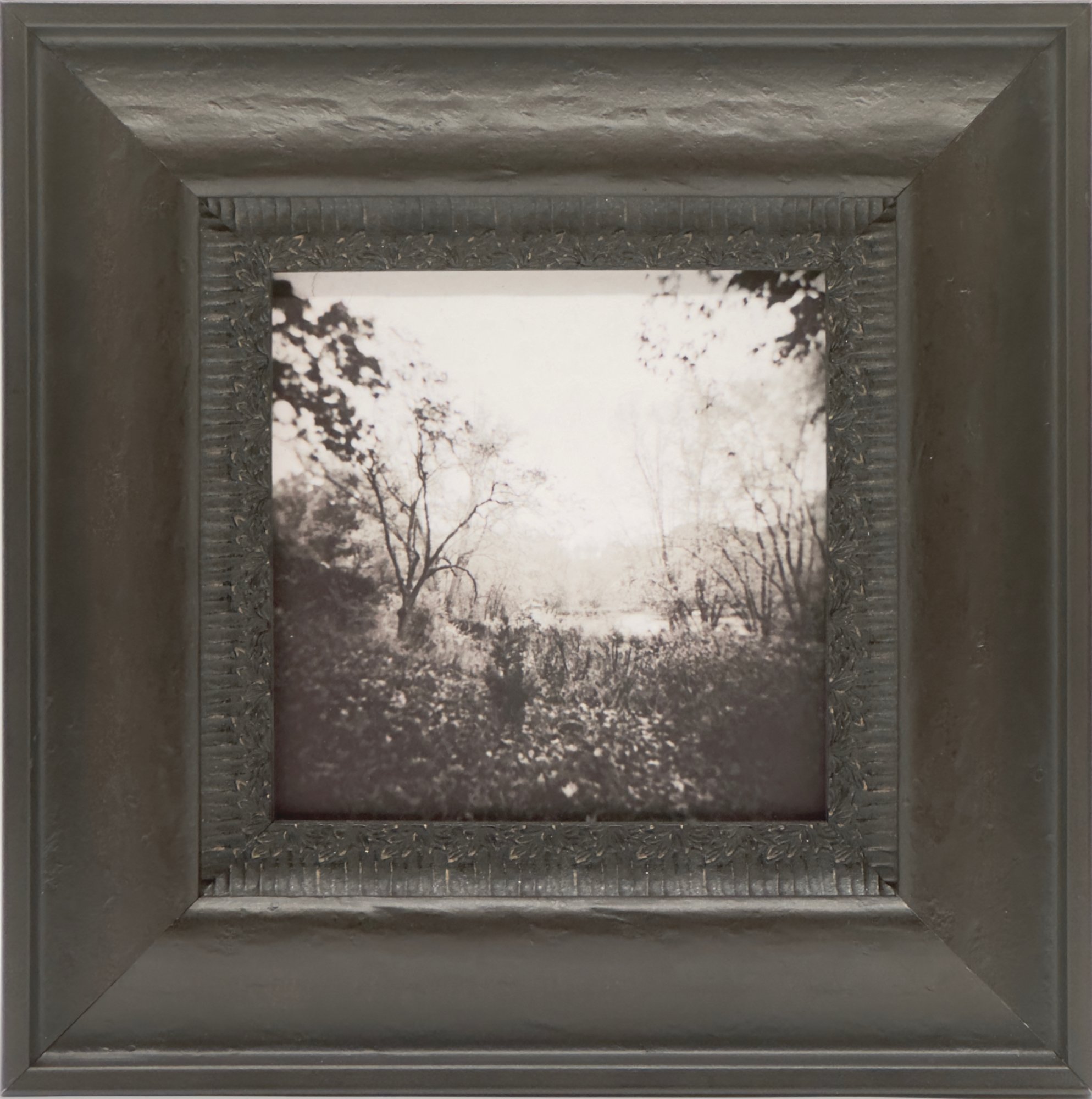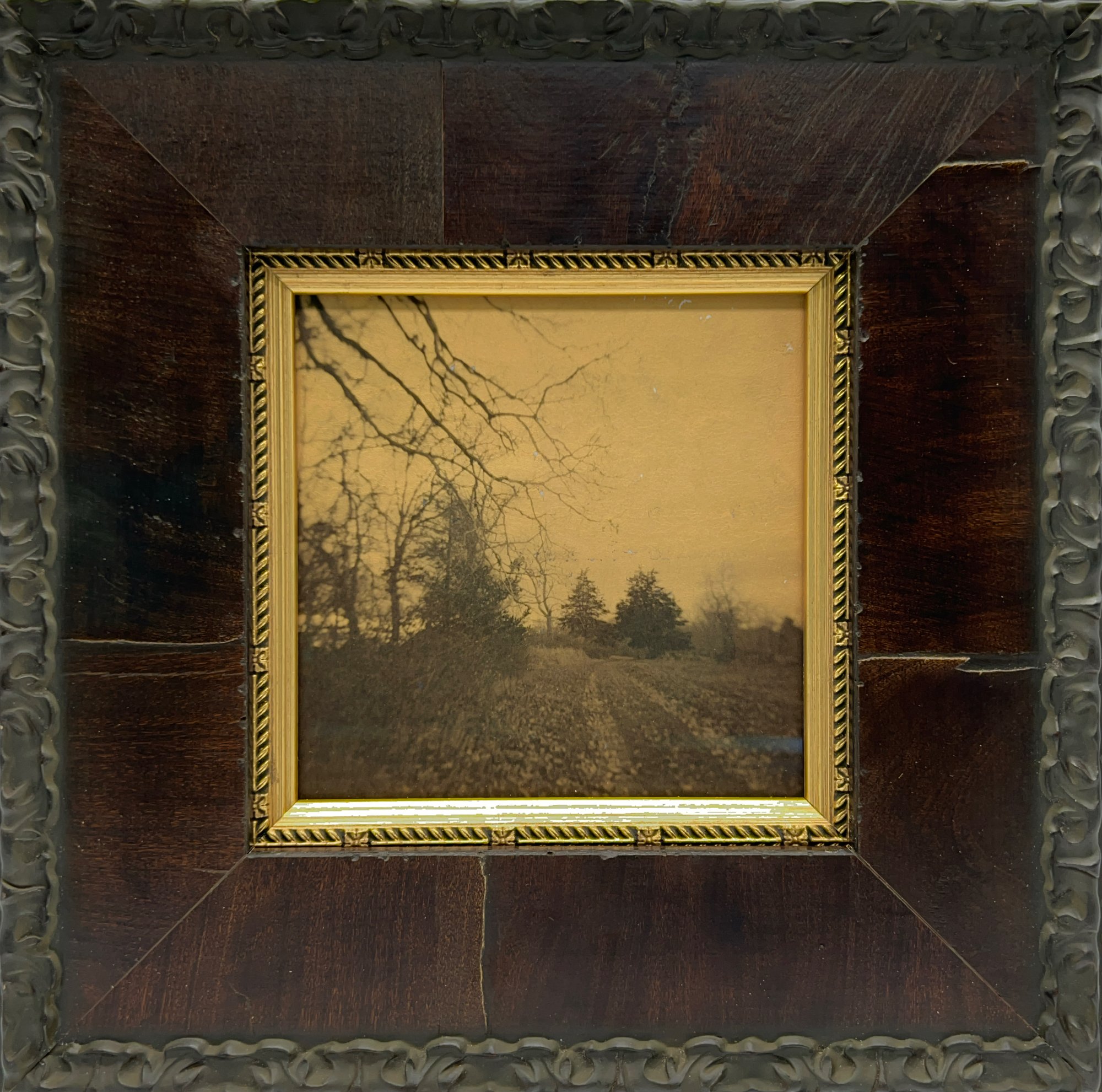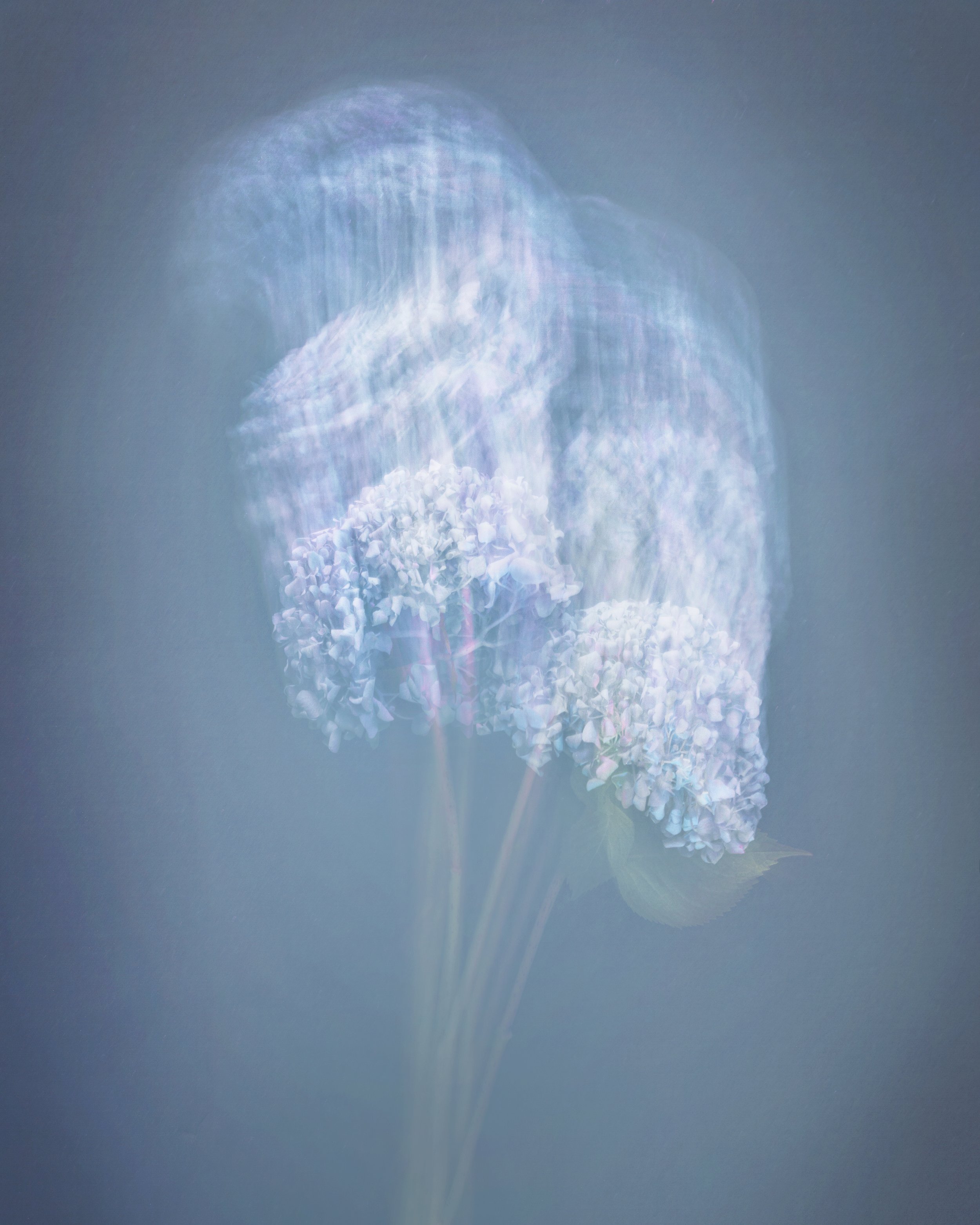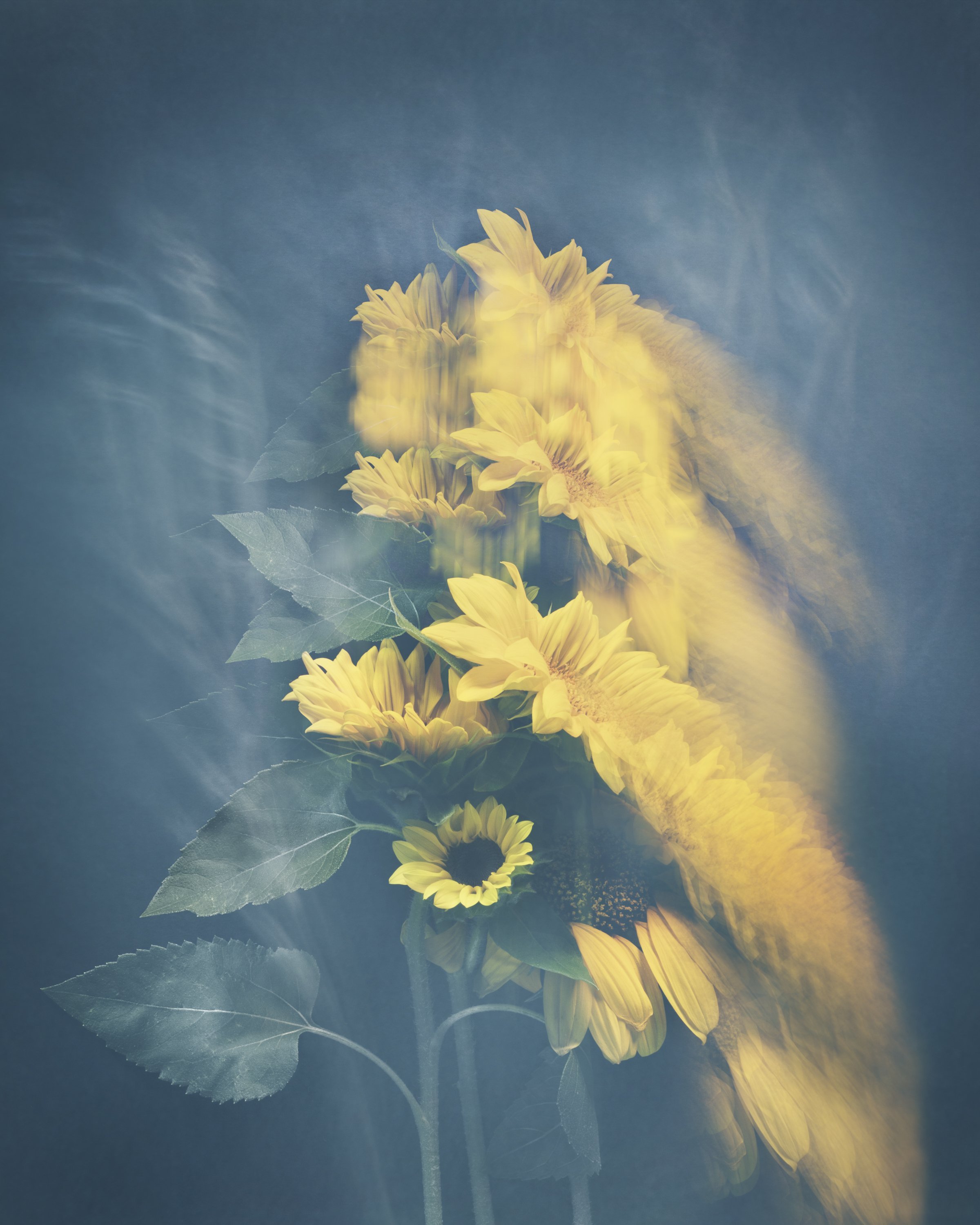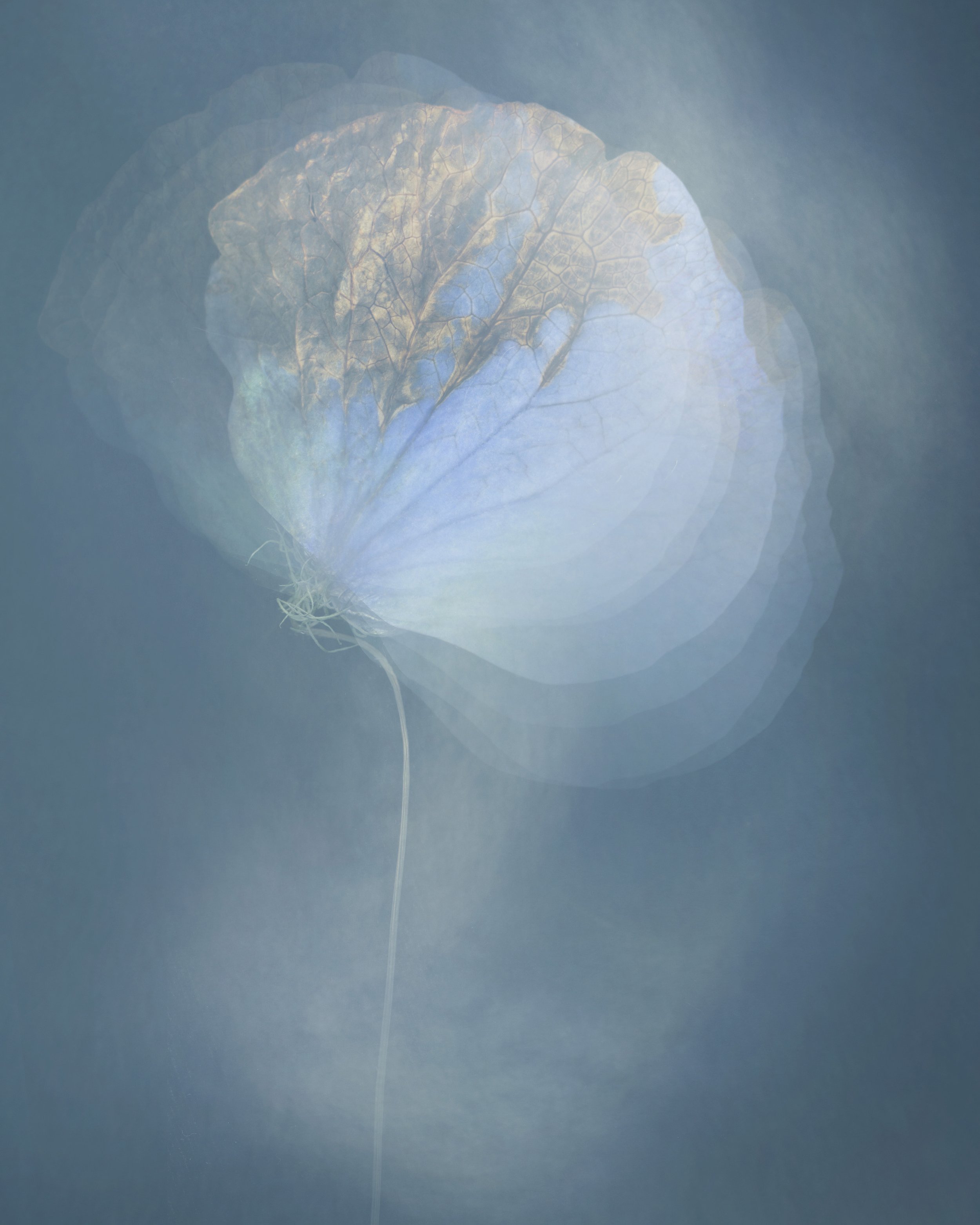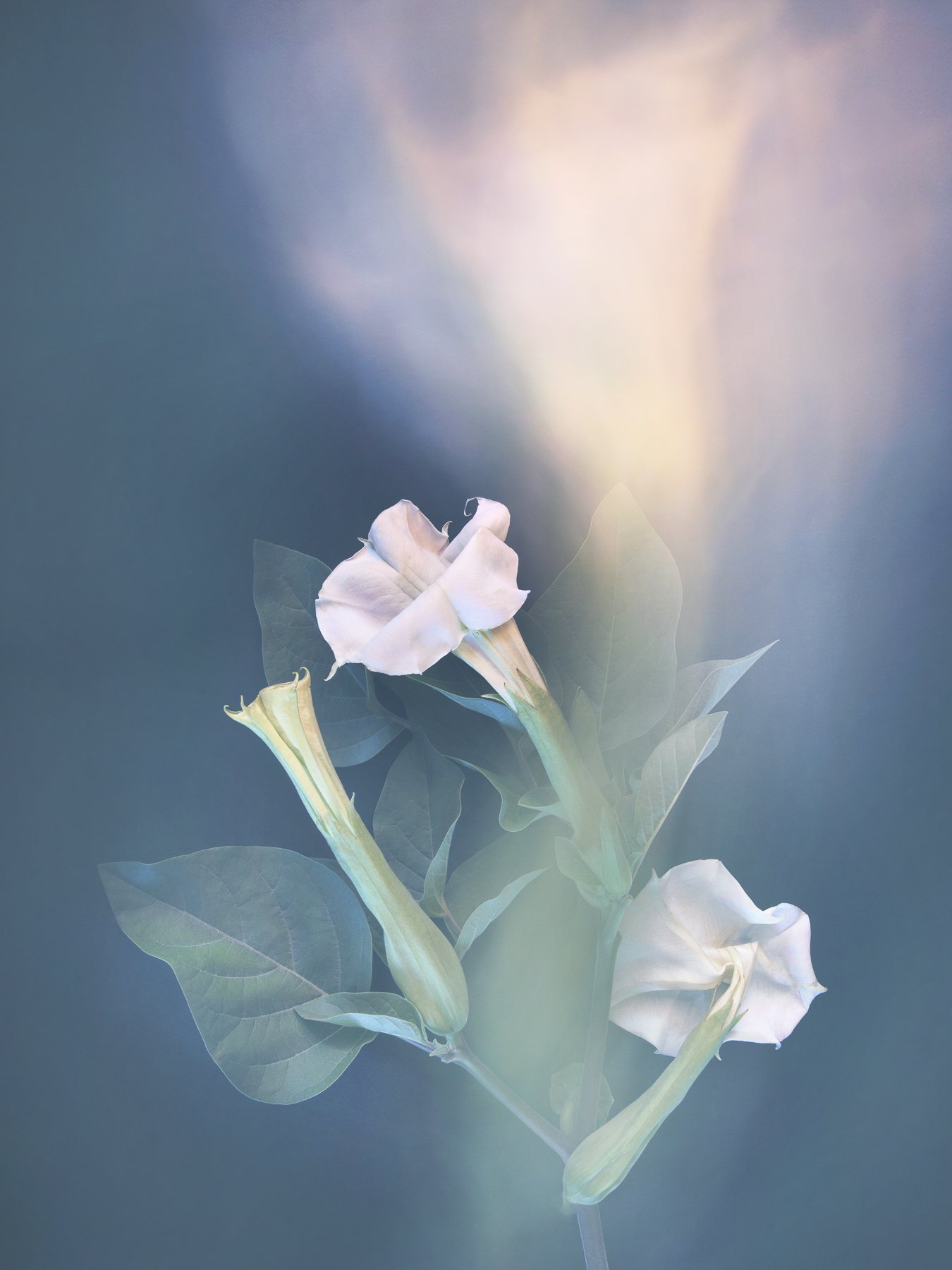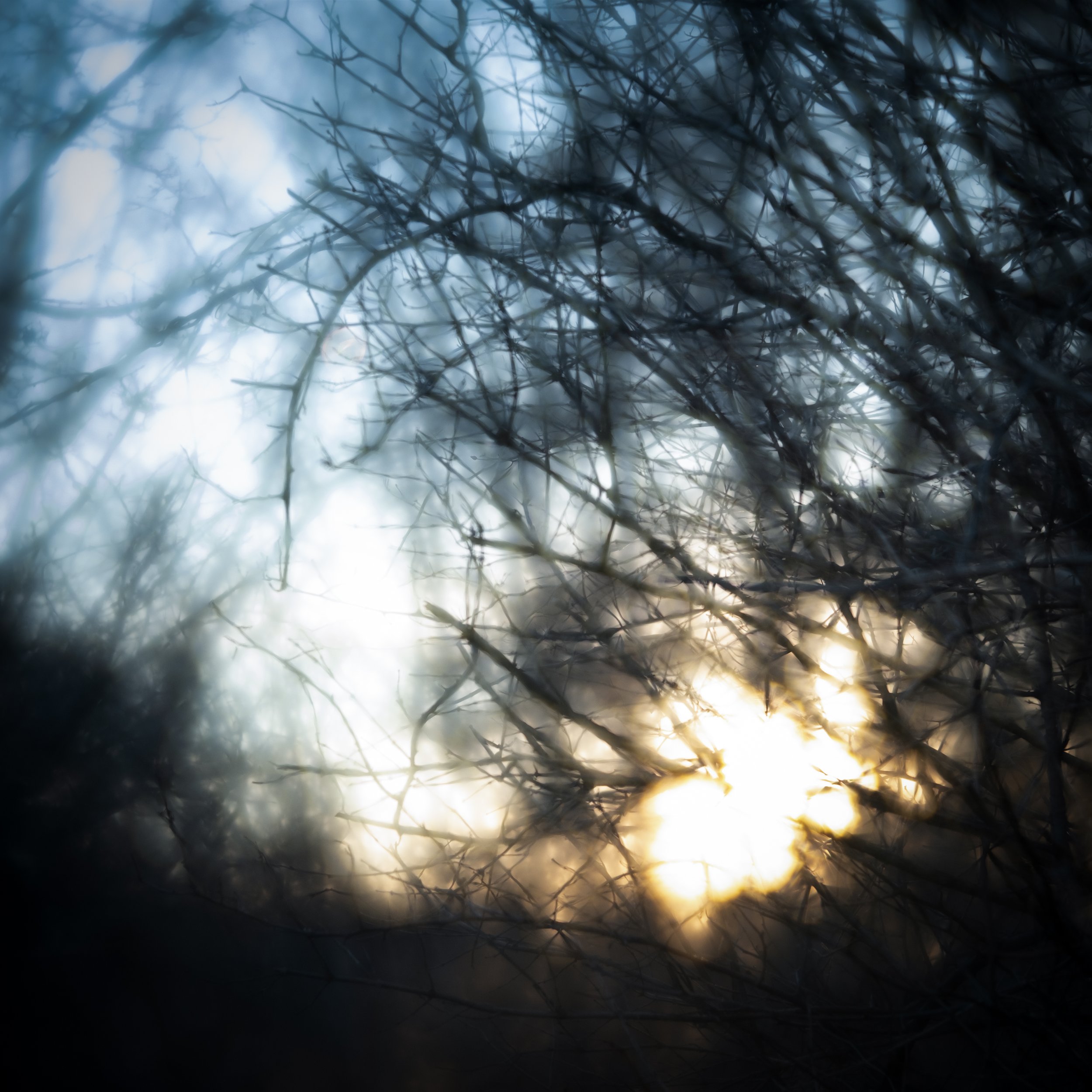Spiritual Ecology, part one
October 6 - December 2, 2023
Opening Reception, Friday, October 6, 5-7pm
Over the past 10 years large amounts of the works submitted by artists to MMPA deal with spiritual ecology. Our own collection is shaped by this new movement, and the current exhibition highlights some of the artists we represent that are thinking and making around the topic. Spiritual ecology is an emerging field in religion, conservation, and academia that preposes that there is a spiritual facet to all issues related to conservation, environmentalism and earth stewardship. This exhibition will be one of three parts to come. For the next three years we hope to collaborate with leaders in the field and other institutions who find this movement as fascinating and important as we do.
-Denise Froehlich, Director and Curator of MMPA
Artist Talks and Events
Friday, November 3, 5 - 8pm Artists, Cole Caswell, Deb Dawson and Paul Rider will speak about their work and process.
Friday, December 1, 5 -8 pm Artists, Suzanne T. White will speak and Poet, Meg Weston will read from her newest book, Magma Intrusions. Conservationist, Jym St. Pierre will speak about the History of nature photographyin Maine.
Sit and be still
until in the time
of no rain you hear
beneath the dry wind’s
commotion in the trees
the sound of flowing
water among the rocks,
a stream unheard before,
and you are where
breathing is prayer.
-Wendell Berry
(This is mean to be played whilst looking at the images. Just click on the button above)
Barry R. Morse, a native of Maine, is a composer, sound artist and improviser holding a Doctorate of Musical Arts degree from the University of Illinois Urbana-Champaign and a Master of Landscape Architecture degree from the University of Arizona. His doctoral thesis "Site-Specific Musical Composition and the Soniferous Garden" combines his interests in music, sound and outdoor spaces.
Morse's soundscape composition for "Spiritual Ecology" is a sound collage of natural sounds, musical tones and spoken word which attempts to sonically reflect the ethos of the exhibition's visual elements.
Suzanne Theodora White
Suzanne Theodora White, Against These Ruins, 2022, Archival pigment print, 35 x 45 inches, $1850
My constructed theaters are both imagined landscape and still life. Still life in the spirit of vanitas paintings where the remains of a lavish repast symbolize carelessness and indifference towards life’s abundance, and we see the remnants that remain. Landscape’s history as it is written on the fields and forests where I reside. Living in the Anthropocene era I see it as a chance to challenge the nature of our connection to the natural world. My journey embraces a yearning and hope for reconciliation and healing. This series is the last in a trilogy of projects begun in 2019 which includes The Weight of Memory and The Unguarded Moment. —STW
Susan Davens
Susan Davens, Vulnerable I, 2023, 1/4, Digital print on vellum, gilded on reverse, 6 x 4 inches, $900
Walking through the Maine woods or along its water’s edge, I observe that many ecosystems are adapting to changing conditions. Our climate is no longer stable. My portfolio of gilded prints, Drawn to Nature, reflects the natural and spiritual beauty still to be observed, and my hope is they will inspire the reduction of the negative human activity that is driving this period of global warming. SD
Sal Taylor Kydd
Maine-based photographic artist and writer Sal Taylor Kydd uses various photographic media in a personal narrative that explores themes around memory and belonging; combining her poetry with alternative processes of photography and object-making. STK
Sue Michlovitz
Sue Michlovitz, Outsight Insight, 2023, Handmade Accordion fold book, $1500
Project Statement: Michlovitz's photographs often blend the natural world and layered reflections. In this accordion book, windows frame layers and stoke wonder. This style brings the unnoticed into view and evokes memory. SM
Ted Anderson
Ted Anderson, Little Blue Heron, Clearwater, Fla., 2018, inkjet print, image size: 9 x 14 inches, $500
“There is mystery behind that masked gray visage, and ancient life force, delicate and mighty, awesome and enchanted, commanding the silence ordinarily reserved for mountain peaks, great fires, and the sea.”
– Peter Matthiessen
Birds whose lives are closely entwined with water – the long-necked, long-legged, long-billed waders and divers – have fascinated me since I first saw them while exploring a New Jersey salt marsh in the late 1960s. Yet it was only relatively recently that I began photographing birds in earnest, yearning to capture moments of fluid movement and strong stillness. I am grateful to the birds in these photos for being still with me for a few moments. I look at them now – into their eyes – and wonder what they were seeing. TA
DM Witman
Index
D M Witman, Boehmeria cylindrical, 8.26.18, Gouache, gum arabic, ink, champagne and gold leaf, $900.
With Index, I draw upon my past experiences as a field biologist to process grieving around the impending loss we are facing as the result of climate change. These photograms serve as a record for what once was of the flora of a small patch of intertidal marsh of the St. George River. Reminiscent of herbarium records, the flora are memorialized and serve as a baseline against the impending change of increasing temperatures and rising waters. My small area of intertidal marsh will not be spared and will bear impact of these changes. D M Witman
Brian Buckley
Brian Buckley, Count Ugolino of Pisa, 2020, Wet photogram with ferric ammonium citrate, 30 x 22 inches, $5,500
Artists thrive in the state of uncertainty. It is the space in which new work is often produced—a realm where ideas are explored and solutions are sometimes found. Brian Buckley actively seeks out uncertainty, from which he draws creative inspiration. It defines the darkroom techniques he employs and helps explain the purpose of his artistic practice.
Buckley’s practice is reminiscent of Gyotaku—a traditional Japanese practice of “printing fish” going back to the mid-1800s. From the word gyo meaning “fish” and taku meaning “stone impression,” Gyotaku is a form of nature painting used by fishermen to record their catches, which is now an art form of its own, which Buckley has chosen to reinterpret.
With a long passion for mythology, inspired by his father’s research as a history professor, Buckley’s titles for the artworks in the new series derive from often tragic Greek stories of Aphrodite, Athena, Thera, and Ugolino and his sons.
Buckley states: “My work is about finding success while using materials and a process where the final results are uncertain. The mythology is an attempt to reference universal understanding. Standing with the process, rather than controlling it, the work is open to any interpretation. It asks for openness to the possibilities these images generate.”
Jessica Burko
The work in the Fractured & Found series makes connections between interior being and being on display, creating emotional divisiveness while in demand by conflicting forces. Searching for balance between selfhood, motherhood, working, and rest, feeling overwhelmed and exhausted by compartmentalizing and forcing a fit into each role.
Through the juxtaposition of isolated compartments of broken moments and emptiness there appears to be room for breath, for rest, or perhaps they are intervals yet to be filled. The absence of image hints further at a disjointed existence.
Incorporating found materials helps me feel grounded in what’s real and what exists outside of my head. The drawers symbolize not just boxes I’m trying to fit into, but also spaces that were once private, now revealed and put on display. Much of my work grows out of the battle between yearning for one thing but doing another. Embedding the images into encaustic is like sealing time in a bottle, making it quiet and still, like secrets hidden beneath folded cotton. JB
Amisha Kashyap
Amisha Kashyap, Stillness, 2022, Photo on vellum, gold leafed verso 23 K red gold, 11.5 x 11.5 inches, Purchase: $1600
I am an only child, and I moved to the US many years ago from India. After making the US my permanent home some years later, I lost my father. And then, I lost my mother during the pandemic. She was my last immediate family connection in India. I felt unmoored. Where do I belong? This question became profoundly important to me while I walked in the woods near my home.
As I walked in the lovely, quiet New England woods my sense of loneliness became profound. Sometimes the solitude felt meditative and sometimes melancholic. I started to bring a simple plastic camera with me. Taking a few moments each week to admire the majesty of nature and the beauty of light gave me hope. And when I think I am all alone, a stranger will pass by and smile. There are those who walked the same trails before me. What were they thinking or feeling as they walked here? Is there a common thread in the spectrum of emotions we all feel? Just like these woods, our hearts hold shadows, light and every once in a while, a burst of sparkle. In making these photographs I was able to see the magic in the world again.
The pictures are printed on a delicate vellum paper, then I apply gold leaf to the back of the print. This meditative process is an homage to my mother who loved gold. In rendering the places I inhabit, and framing each picture individually I am weaving a new sense of belonging. AK
Paul Rider
Paul Rider, Penance series, 1/10, 2017, 16 x 16, $1,200. each
While a penitentiary is not a chapel, it is a place where one was sent for penance, albeit not of one's own free will. In America, in the early 19th century, it was thought that solitary confinement was a humane and even redemptive incarceration practice for individuals convicted of crimes against society. The idea was that the prisoners would be left entirely alone to find redemption and feel... "genuine regret and penitence" for their crimes and move the criminal toward spiritual reflection and change. Debate soon grew over the morality of the solitary confinement and we now know that solitary confinement is a form of torture that left lifelong emotional scars on those the system was trying to purify. The photographs are not a documentation of the cells where the tortuous practice of solitary confinement took place, Eastern State Penitentiary in Philadelphia, PA., but rather, are meant as a vehicle for meditation, contemplation or spiritual redemption similar to what was first intended by the architect of the prison cells - akin to the meditative space within the Rothko Chapel. Finding redemption or inner peace, verses incarceration or torture. PR
Joyce Tenneson
Joyce Tenneson, Lanterns with yellow, From the portfolio, Radiant Beings: The Magical Essence of Flowers, 2021, Limited edition hand printed photograph, 2/10, 22 x 17 inches, $1,900.
As a body of work, these photographs ask us to see them as life forms. They seem to blow in an imaginary wind and draw us into a deeper space where our focus is not drawn to a flower, a pod, or a bud but into the serene blue atmosphere, constant in all the pictures. The flowers are given an impressionistic treatment. They provide us with something to celebrate and admire. They, collectively, create a complex garden that can be a metaphor for emotions and feelings. The making of these pictures can be interpreted as visual poems that Tenneson creates, compositions of great richness. They encourage us to transcend the static image and imagine a profound ambiance.
Eugene Cole
Eugene Cole, Googins Island, 2022, 1/5, Silver gelatin print, 14.25 x 20.25 inches, Purchase: $1600
The images in this exhibition represent my exploration into the shoreline, along with evidence of human interaction with the sea. From shipwrecks and abandoned lobster traps, to surfboard skegs and portraits of modern watermen. These images are made from 20”x24” wet plate collodion negatives on glass, contact printed onto silver gelatin paper. EC
Deb Dawson
Deb Dawson, Ephemerality, 2021, Pigment print, 10 x 10 inches, Purchase: $950
While walking slowly, meditatively through the environment, one becomes aware — the subtle sound of a rain drop released from the tip of a towering white pine, the cool breath of ocean air making its way through the bare trees of winter... Then there’s the light. Once the clutter of life is cleared from my mind, I’m free to visually wander, following the path of light to see what is ‘really real’ in this world. To be inspired and even awestruck at the insignificance of the self in the perfect imperfections of nature.
– Deb Dawson
Deb Dawson, Cosmos, 2021, Pigment print, 10 x 10 inches, Purchase: $950
Cole Caswell
Shadow Trap
These site responsive works question aspects of place in a temporal and physical manor. The plants used are collected from short walks surrounding the location where the photograms are made. The resulting photographs are created by coating fabric with a light sensitive solution then placing the sampled specimens on the surface. The whole mess is then exposed to sun light and developed in water. I am caught by the sense of chance and discovery that these photographic engagements produce. Each experiment is a kind of trap – a situation where the natural world is captured – plants, sun, wind, moisture all leave marks on the print as the exposure is made. My interest in these pieces centers on the surreal way we view and engage with the natural world – how versions of fact and fantasy are slipping together. As our surroundings shift these large-scale photograms poke and question at how we view and engage with the environment. The photographic traps allow chance and the natural world to assert themselves in a visual way within the print.
Cole Caswell, Shadow Dream / Night Sight, 2023, Cyanotype on fabric, 16 x 20 inches, Purchase: $800
These site responsive works question aspects of place in a temporal and physical manor. The plants used are collected from short walks surrounding the location where the photograms are made. The resulting photographs are created by coating fabric with a light sensitive solution then placing the sampled specimens on the surface. The whole mess is then exposed to sun light and developed in water. I am caught by the sense of chance and discovery that these photographic engagements produce. Each experiment is a kind of trap – a situation where the natural world is captured – plants, sun, wind, moisture all leave marks on the print as the exposure is made. My interest in these pieces centers on the surreal way we view and engage with the natural world – how versions of fact and fantasy are slipping together. As our surroundings shift these large-scale photograms poke and question at how we view and engage with the environment. The photographic traps allow chance and the natural world to assert themselves in a visual way within the print. CC























































